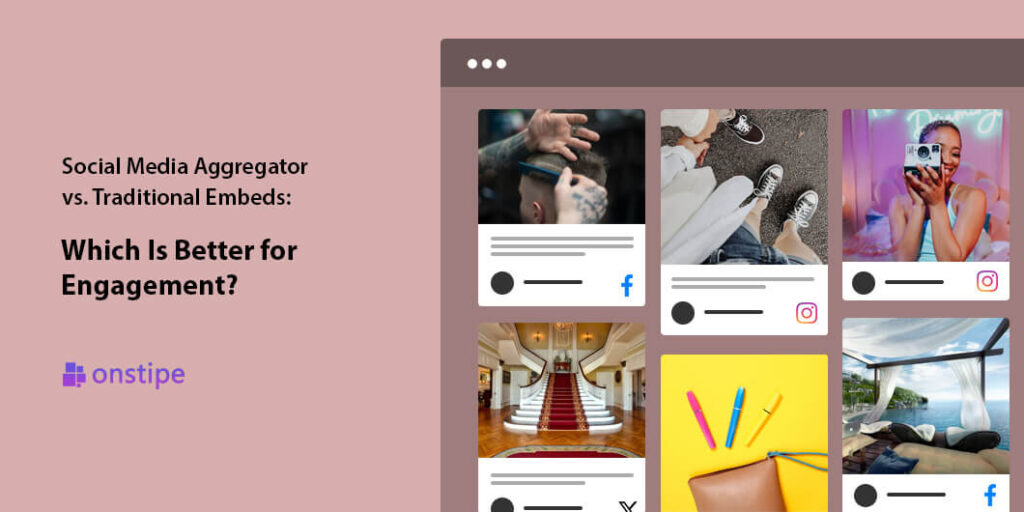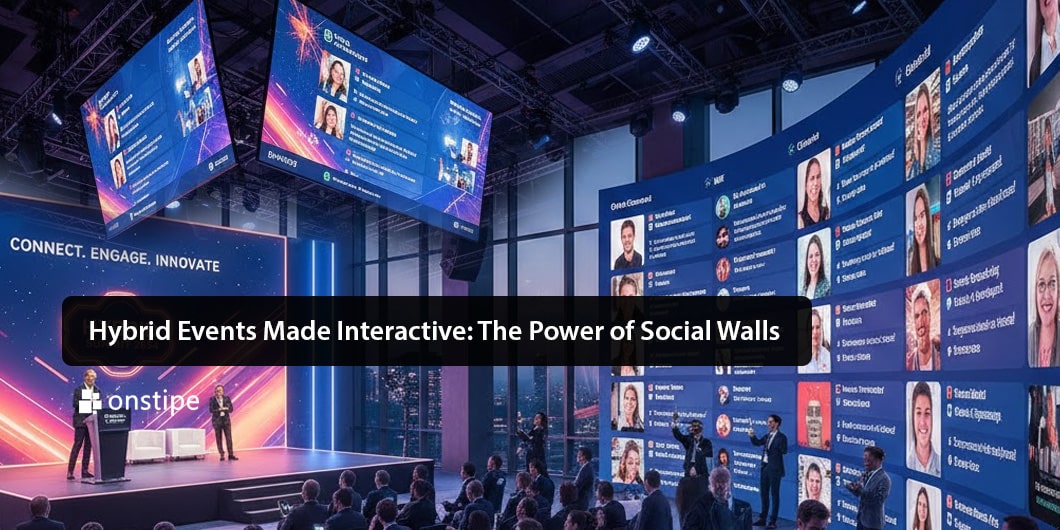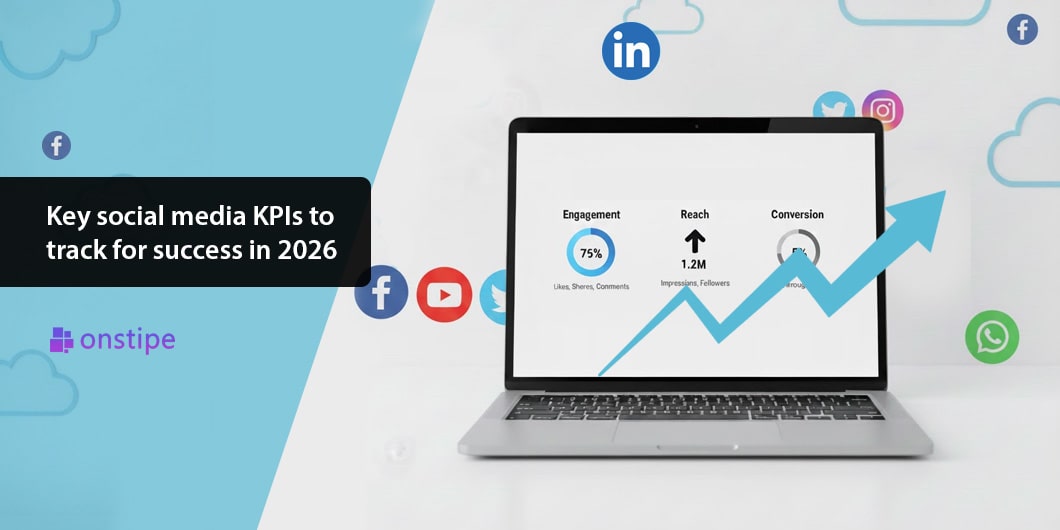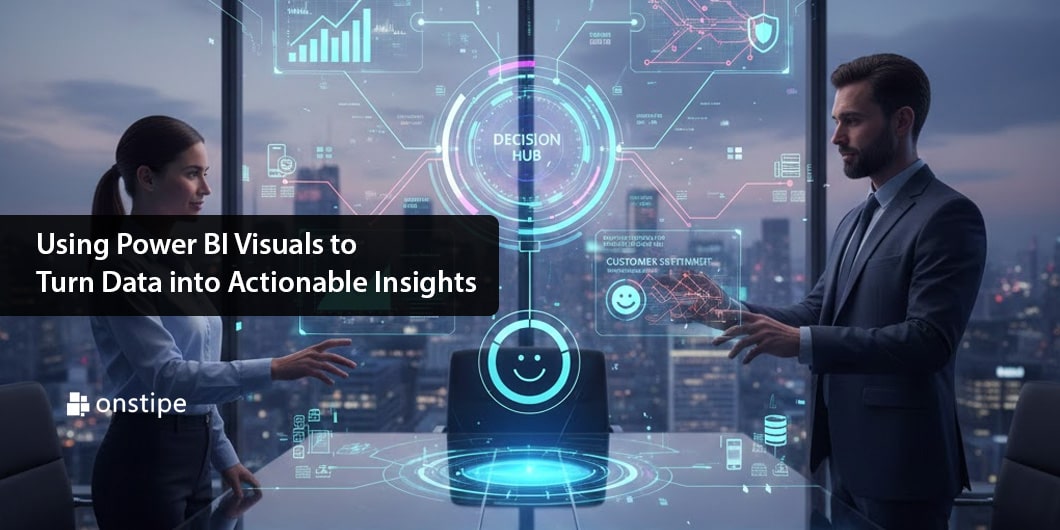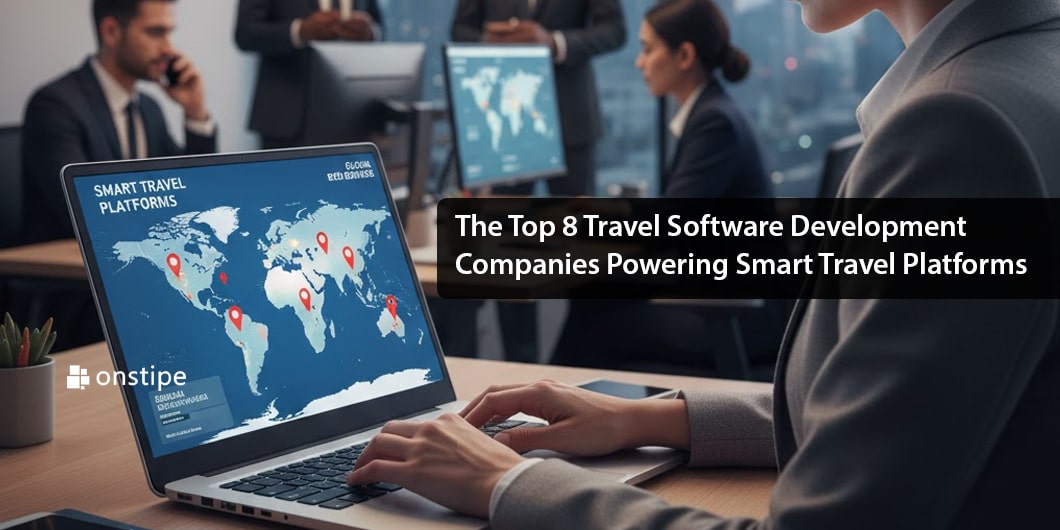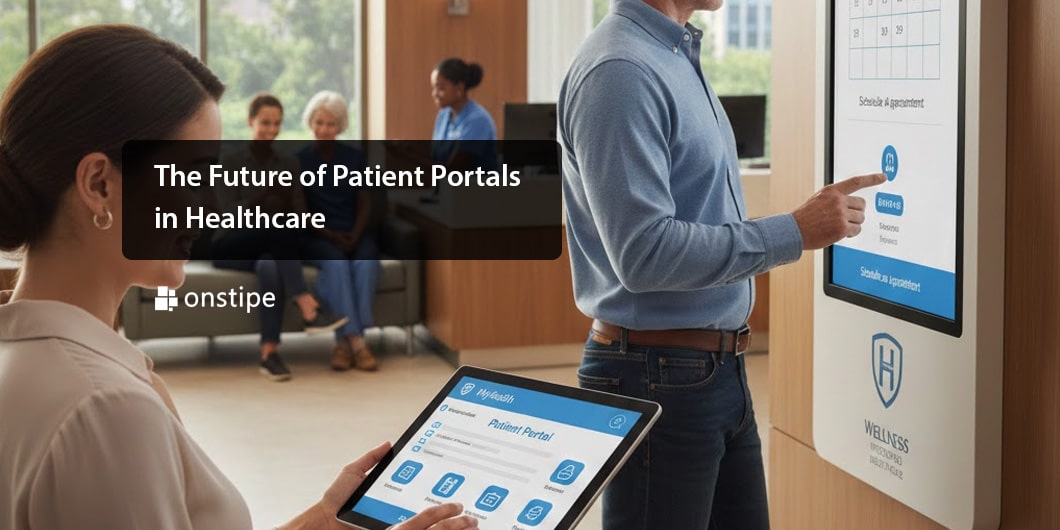In today’s digital-first world, brands and marketers live and breathe engagement. It’s not enough to just post content—you need your audience to interact, share, and feel connected to your brand story. Whether on a website, at a live event, or across a campaign, the way you present social content can make or break audience participation.
When it comes to showcasing social media on your website or marketing platforms, two main methods dominate:
- Traditional embeds – the native embed codes social platforms provide.
- Social media aggregators – third-party tools that collect, curate, and display feeds dynamically.
On the surface, both options seem effective. But when your ultimate goal is higher engagement, the differences between the two are significant. Let’s explore both approaches in depth, compare them across engagement factors, highlight real-world case studies, and conclude which is the better strategy in 2025 and beyond.
What Are Traditional Embeds?
Traditional embeds are snippets of HTML code generated directly from a social media platform like Instagram, YouTube, or X (formerly Twitter). By pasting these codes into your website, you can showcase an individual post, video, or tweet.
Advantages of Traditional Embeds:
- Free and simple – No extra tool needed.
- Authentic look – Keeps the original platform’s styling intact.
- Ideal for one-off highlights – Great if you want to display a press mention, a viral video, or an influencer shoutout.
Limitations of Traditional Embeds:
- Static – Once embedded, the post doesn’t update.
- Cluttered design – Multiple embeds from different platforms look inconsistent.
- Time-consuming – Showcasing multiple posts means repeating the embed process manually.
- No analytics – You can’t track how the embed performs on your website.
- Slow load times – Each embed loads separately from its social network, impacting performance.
In short: embeds are quick and free, but they’re rigid, clunky, and not built for scale.
What Are Social Media Aggregators?
A social media aggregator is a tool designed to gather content from multiple platforms—via hashtags, accounts, mentions, or keywords—and display them in a single, customizable feed on your website, microsite, digital signage, or event screens.
Advantages of Social Media Aggregators:
- Real-time updates – New content automatically appears.
- Multi-platform integration – Combine Instagram, YouTube, LinkedIn, and more.
- Customization – Tailor layouts, branding, colors, and fonts to match your site.
- UGC showcase – Curate user-generated content to boost trust.
- Moderation controls – Approve or filter posts for brand safety.
- Analytics – Track impressions, clicks, and engagement.
- Shoppable feeds – Connect social posts directly to products.
Limitations:
- Subscription cost – Advanced features usually require a paid plan.
- Learning curve – Requires setup and configuration.
Aggregators like Onstipe go beyond displaying posts—they create engaging social experiences that fuel participation, trust, and conversions.
Engagement Showdown: Aggregator vs. Traditional Embeds
To truly evaluate, let’s compare both methods across the main engagement drivers.
| Factor | Traditional Embeds | Social Media Aggregator | Winner |
| Content freshness | Static; no auto-updates | Dynamic; feeds update in real time | Aggregator |
| Audience interaction | Post-level engagement only | Immersive browsing, multiple posts | Aggregator |
| Visual appeal | Inconsistent branding | Unified, customizable layouts | Aggregator |
| UGC power | One post at a time | Dozens of voices, social proof | Aggregator |
| Scalability | Manual, tedious | Automated, seamless | Aggregator |
| Analytics | None | Detailed insights & reporting | Aggregator |
| Conversion potential | Minimal | Shoppable feeds, CTAs | Aggregator |
Verdict: Social media aggregators dominate across all key engagement metrics.
Real-World Case Studies
1. Coca-Cola’s #ShareACoke Campaign
Instead of embedding a handful of user photos, Coca-Cola used aggregation to pull in thousands of real-time hashtag posts worldwide. The dynamic feed became the centerpiece of their campaign, encouraging millions to participate.
Result: Campaign engagement soared, with user-generated content making customers feel part of the brand story.
2. E-commerce Brand Using Instagram Embeds vs. Aggregator
A small fashion brand initially used Instagram embeds for customer reviews. However, embeds quickly became messy, hard to update, and inconsistent. After switching to a social media aggregator, they created a shoppable UGC gallery directly on their product pages.
Result: A 23% increase in conversions due to authentic visuals from real customers.
3. Live Event Social Walls
At conferences and sports events, traditional embeds fail because they can’t scale in real time. Aggregators, on the other hand, power live social walls where attendees see their own posts displayed instantly, fueling participation.
Result: Stronger engagement, higher hashtag use, and better event buzz online.
When Traditional Embeds Still Make Sense
Despite their drawbacks, embeds are useful in some situations:
- Showcasing a single, iconic post (e.g., an award-winning video).
- Highlighting influencer partnerships without needing full feeds.
- Budget-friendly websites with minimal social integration needs.
If you just need to feature one or two posts occasionally, traditional embeds are fine.
When Social Media Aggregators Are the Clear Winner
Aggregators shine when engagement at scale is the goal. Use them when:
- Running live events where you want user participation.
- Building e-commerce trust with authentic customer content.
- Launching campaigns that involve hashtags or contests.
- Needing consistent branding across multiple platforms.
- Looking to track performance with analytics.
In short, if your strategy involves ongoing social content and audience interaction, aggregators are non-negotiable.
How to Choose the Right Aggregator Tool in 2025
Since aggregators vary in features, here’s what to look for:
- Platform integrations – Supports Instagram, YouTube, LinkedIn, X, Facebook, etc.
- Customization options – Ability to brand feeds to match your website.
- Moderation controls – AI-powered filters or manual approvals.
- Real-time updates – Essential for events and campaigns.
- E-commerce features – Shoppable galleries, product tagging.
- Analytics & reporting – Helps optimize engagement strategies.
- Pricing & scalability – Fits your budget but can grow with you.
Top tools in 2025 (based on industry reputation):
- Onstipe – Excellent for UGC, events and live social walls
- Walls.io – Good for events and live social walls.
- Juicer – Affordable and beginner-friendly.
- Tint – Advanced customization and enterprise-level solutions.
SEO & Engagement Benefits of Aggregators
Using an aggregator isn’t just about looks—it impacts SEO and long-term engagement too.
- Fresh content = higher rankings (search engines love constantly updated pages).
- Lower bounce rates thanks to interactive feeds.
- UGC boosts trust, improving conversions.
- Shoppable feeds shorten buyer journeys, leading to sales.
Compared to static embeds, aggregators actively drive engagement and SEO benefits.
Final Verdict
- Traditional embeds = simple, free, and fine for single-post highlights.
- Social media aggregators = dynamic, scalable, customizable, and designed to maximize engagement.
In 2025, audiences expect interactive and authentic experiences. A static embed won’t cut it when your competitors are showcasing dynamic social walls, real-time hashtag feeds, and shoppable UGC galleries.
If engagement is your goal, aggregators are the clear winner.
Key Takeaway
Don’t just display social content—aggregate, amplify, and engage. Whether you’re an e-commerce store, an event organizer, or a global brand, social media aggregators are the modern way to turn conversations into conversions.

